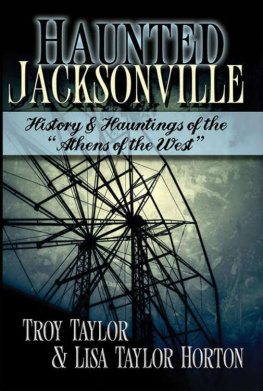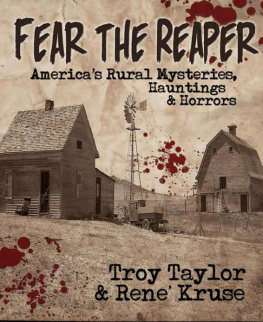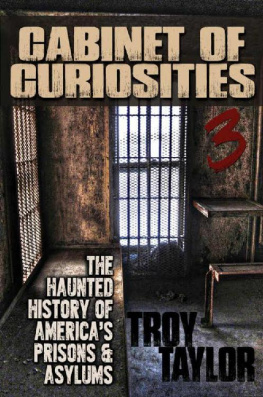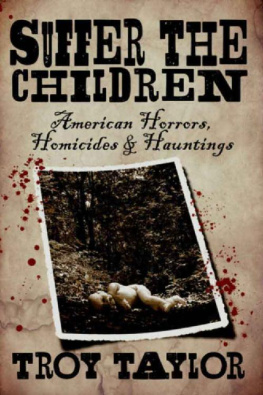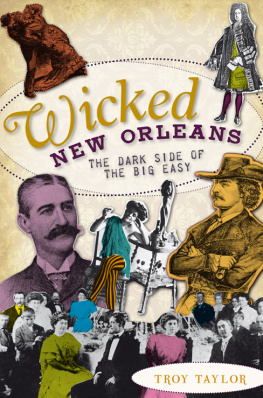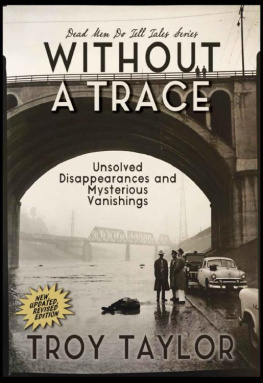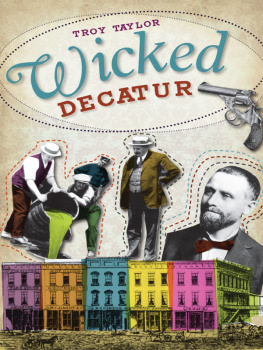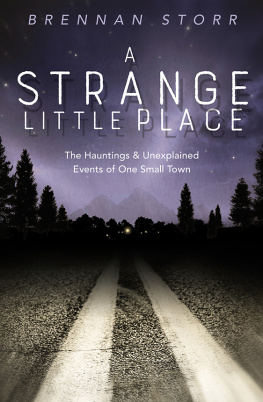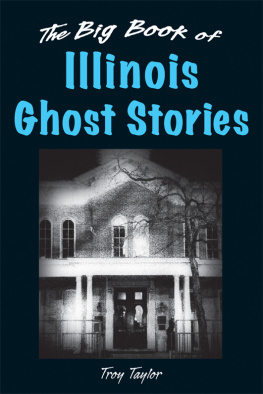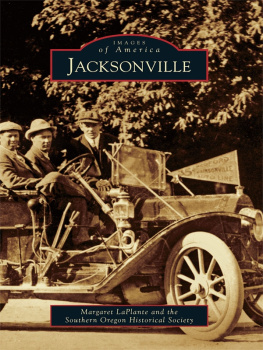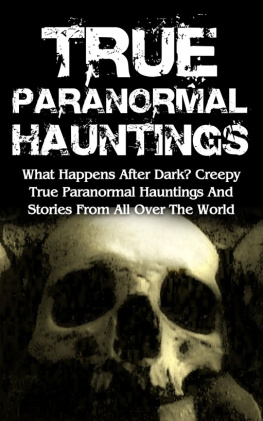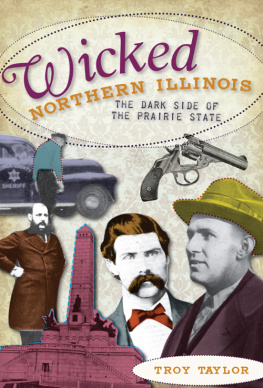Jacksonville is a town like no other in the state of Illinois. Founded by frontiersmen and settled by farmers, it also became home to an unusual group of New Englanders who set out in the early nineteenth century to bring culture and knowledge to the newly formed states. They were followed by more than 100 families from Yorkshire, England, who made their own impression on the burgeoning settlement. With more colleges, seminaries, and schools than any other town on the prairies, Jacksonville soon acquired the nickname of the Athens of the West.
During its history, it has been home to three Illinois governors (Joseph Duncan, Richard Yates, Richard Yates, Jr.) and two presidential nominees (Stephen A. Douglas, and William Jennings Bryan) and holds a unique place in American history. In 1919, the Eli Bridge Company relocated to the city. W.E. Sullivan, who owned the bridge building business, was so impressed by his ride on the first Ferris Wheel at the 1893 World's Fair in Chicago that he designed the first portable Ferris wheel that could be moved from place to place. The "Big Eli" wheel debuted in Jacksonville's Central Park in 1900. Ferris wheels from Jacksonville can still be found all over the country today.
The city also holds a strange place in Americas supernatural history. In 1847, Jacksonville became home to the Illinois State Asylum and Hospital for the Insane, the first such hospital in the state. It was here in 1865 that a young woman named Mary Roff died under mysterious circumstances. More than twelve years later, Marys spirit allegedly possessed the body of a young girl named Lurancy Vennum and became known as the Watseka Wonder, a phenomenon that remains one of the most documented supernatural events of all time.
The Athens of the West was one of the many nicknames given to the city in years gone by. Today, Jacksonville is considered one of the most haunted towns on the Illinois Prairie. Many ghosts still linger here in the city, but not so much because of pain, horror, trauma, disease and death -- although there is some of that as well.
Most of the ghosts of Jacksonville remain because they simply dont want to leave.
- BUILDING A CITY
The city of Jacksonville was carved from the rolling prairie seas of grass of the Illinois territory in 1825. It was a rich land and one that would be coveted by the streams of settlers and frontiersmen who traveled west from the original American colonies. Those who came to Central Illinois found wide, treeless prairies, with grass taller than any man, formed by the melting of the last ice age. Men, women, and children flocked to these prairies. They came from different places and cultures, but all with the purpose of creating a new life for themselves.
The first men who arrived in what would someday be Jacksonville had been soldiers during the War of 1812. They had fought in the wilderness and on the battlegrounds of the war, during which General Andrew Jackson of Tennessee made a name for himself at the Battle of New Orleans. Many towns became known as Jacksonville in the early 1800s. Colonel Seymour Kellogg, his brother, Captain Elisha Kellogg, their families, and Charles Collins, built a camp on the north fork of the Mauvaisterre River in 1819, after the Kickapoo Indians signed a treaty giving up their land in Central Illinois.
In 1825, arguments as to which of several fledging towns would become the county seat were solved by laying out a new town in the center of Morgan County. Jacksonville was soon platted in an orderly fashion with dirt roads and a town square. The first resident, Alexander Cox, was joined by merchants like Joseph Fairfield and George Hackett and before long, settlers and farmers began flocking to the new town after hearing stories of the richness of the Illinois soil. The new residents were convinced that Jacksonville was destined for great things. With a lot of hard work and very little money, they believed that prosperity could be carved from the fertile prairie.
And prosper they did. When the settlers first came to Jacksonville, they needed the basics food, shelter, and clothing. Because of that, the main way of life for many years was built around farming but that was almost not the case. The initial would-be farmers were intimidated by the seas of waving prairie grass that surrounded the settlement. Since no trees grew on the prairie, some feared that there was something wrong with the soil. It couldnt possibly be fertile, they thought. They soon found that this was not the case and they began breaking the rich ground to make a living.
The farmers soon found that corn was an ideal crop for the prairie. It was easy to sow and to cultivate and was easily turned into many food products as well as a marketable whiskey. Many farmers owned stills that converted corn mash into a clear but potent whiskey that could then be transported to market via pack horse or river barge. This corn alcohol became a popular western drink and the jug would circulate freely at social events like dances, barn-raisings, and especially at election time.
The secondary crop became wheat, which could be converted to flour, but only at a mill. The mills came a little later, bringing rudimentary mechanics to the frontier. The mills were built along rivers for power, but where dams could not be built, horses and oxen provided the power for the grinding stones. Soon, the mill became the leading establishment in many of the settlements and other businesses, like blacksmith shops and general stores, followed closely behind.
In those days, almost no one on the prairie had money. The settlers made their own clothing by tanning the hides of deer and cattle for shoes while women with spinning wheels and looms produced trousers, shirts and dresses. They grew their own food, or hunted it in the forests, and the small farms provided eggs, milk, and butter. In the general stores, the settlers could trade any surplus goods for whiskey, sugar, salt, tools, crockery, or coffee.
But as idyllic as this all sounds, the frontier was not without its dangers. In the early years, much of that danger came from the Native American populace. The Kickapoo, and other Indians, would keep the settlers in a constant state of alarm for many years. The pioneers died from the many diseases that plagued the region, as well as from the often extreme weather conditions. Terrible thunderstorms on the open plains were not uncommon, and fires were frequently started by lightning strikes, which could burn whole fields, stands of woods, or even entire towns without notice. There were no fire departments to battle these wild blazes in those days.
In the winter, many settlers died from the extreme cold, having little protection from it. Over the winter of 1830-31, Central Illinois was hit with disaster. This terrible season would be remembered for many years as the "deep snow. Early that winter, snow began to fall and continued to come in intervals, sometimes alternating with sleet and freezing rain. This treacherous mixture would form a layer of snow and ice that was three to four feet thick. The snow drifted so high that loaded wagons could be driven over the top of fence rails. Livestock perished and soon game became scarce. It would be years later before the squirrels and prairie chickens could be found to hunt again. Many settlers died in the bitter cold and snow, and that terrible winter offered a grim reminder that life was never easy on the frontier and death and tragedy sometimes triumphed over the hard life of the settlers.
But the people of Jacksonville persevered. Residents were so eager to establish a good education system for the city that, in 1829, they began constructing their first college building, before they even had a faculty or students. Churches were built, railroads were planned and before long, stores, taverns and saloons were flourishing. The first courthouse, constructed from logs, was built on the northwest side of the square in 1825. It burned down two years later and a new courthouse, the first public building made from brick in the city, was built on the squares southwest corner in 1830. There were eleven lawyers and doctors practicing in Jacksonville by 1834. The state of Illinois was settled from south to north, with the initial settlements like Alton along the Mississippi River. With population moving northward, there was a time when Jacksonville was the largest city in the state. In 1833, Chicago was home to only 150 people, while Jacksonville, just one year later, had a population of more than 1,800.

